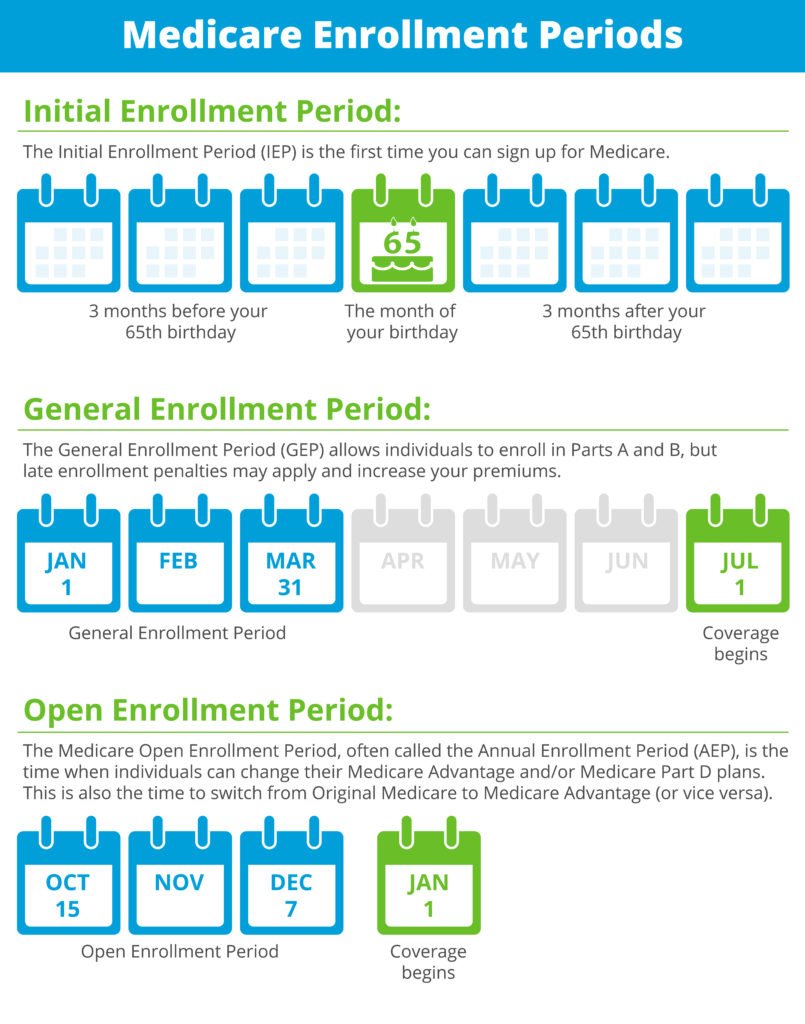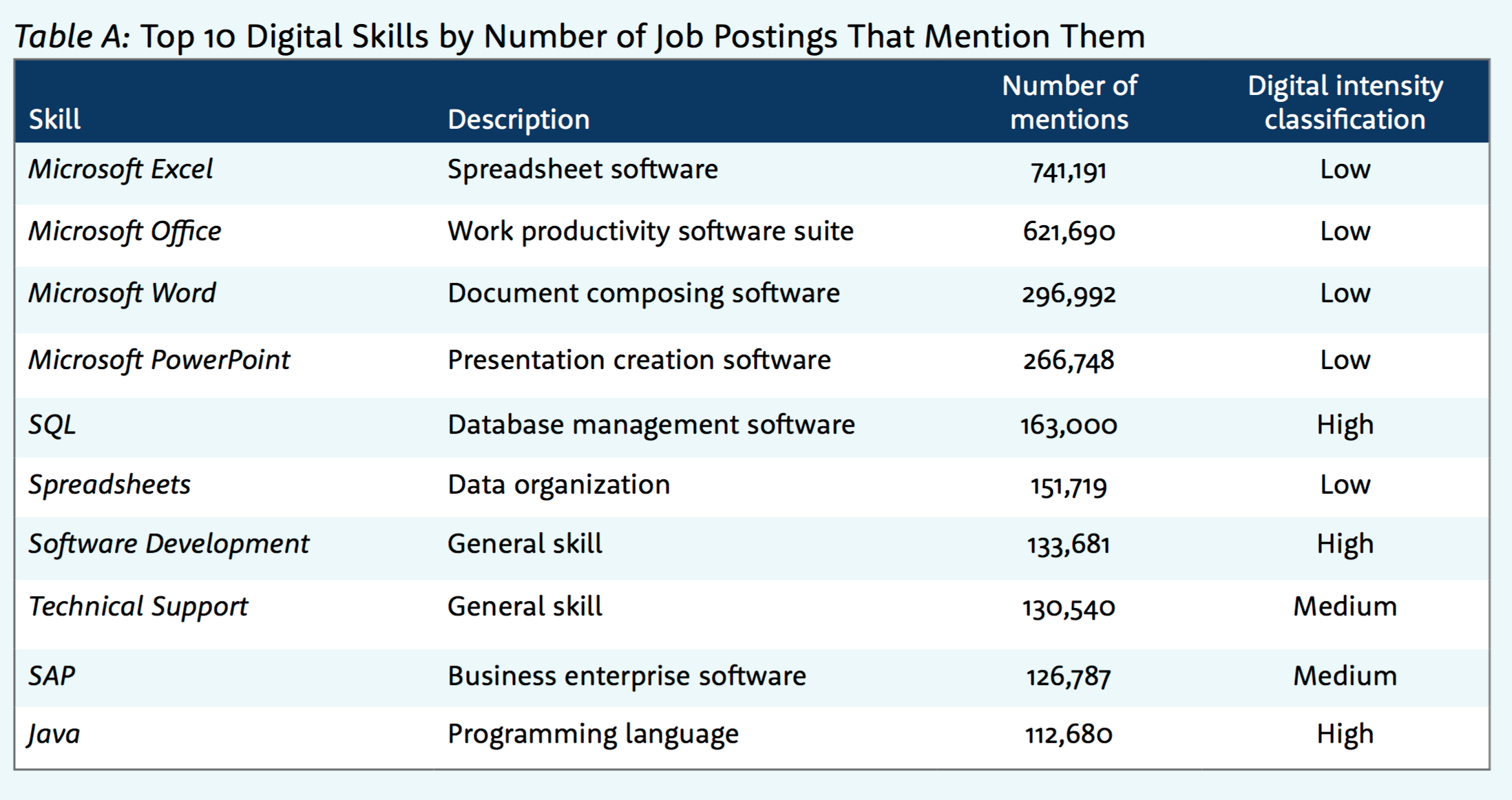
Home health care is an important part of Medicare's long-term care financing. It provides both medical and nonmedical care to enable people to live better and more independently. You can reduce time in the hospital while also avoiding long stays. Medicare's home health benefit is not meant to provide long-term healthcare.
Medicare administrators have been faced with a tough decision. While slowing down program spending is important, the priority must be meeting the needs and wants of beneficiaries. These choices require a careful balance between the two.
Medicare's home care benefit was created to aid in discharge of seniors from hospitals. Medicare administrators have been trying to figure out how to best implement this policy in recent years. They have sought to balance the desire for low-cost, high-quality care with the need to minimize institutional use.

In the 1990s, the most significant changes to the home care benefit were made when a new statute was introduced to encourage home healthcare and provide prospective payments to providers. The number of beneficiaries receiving home health care increased by more than 70%. Although there was a decrease in the number of Medicare patients receiving home healthcare, the average length for care rose from 4.5 days (1989) to 8.6 in 1991.
A large proportion of the cost of the home health benefit has been attributed to the relatively small proportion of beneficiaries who need it. Consequently, it is no surprise that administrative efforts to limit coverage have been pronounced.
The most interesting changes to the Medicare home health benefit in recent years have been related to a shift in the program's focus from short-term to long-term care. It has moved away from financing care that is limited to acute short-term illnesses to financing care for functionally disabled individuals. It was a key supporter of longterm care in nursing facilities by the mid 2000s.
Despite these successes and many other issues, the home care benefit remains a problem. While the Medicare Home Health Benefit has been an integral part of Medicare's longterm care financing, there is still concern about the program’s payment method. A particular concern is the possibility that limiting payment options will limit access to older Americans with most critical needs.

LTC financing may have a role for Medicare's home health benefit. But Congress must be present to ensure that the program is both cost-effective as well as functional. Importantly, it must continue providing the benefits older adults require.
The surprise bill is another example. Surprise bills are non-emergency services that are not covered by the patient's normal health plan. These services can include doctor visits, physical therapy, or home delivery of meals. Although some might argue that a surprise bill can be more significant than a copayment it is still true that Medicare will reimburse these expenses.
FAQ
Who owns the healthcare network?
It all depends on your perspective. The government might own public hospitals. Private companies may run private hospitals. Or a combination.
What are the main functions of a health care system?
The health care system should provide adequate medical facilities for people who need them at a reasonable cost while ensuring access to quality services by all.
This means providing preventive and appropriate health care, lifestyle promotion, and treatment. It also requires equitable distributions of healthcare resources.
What can I do to ensure my family receives quality health care services?
Most likely, your state has a department or health that ensures everyone has affordable healthcare. There are programs that cover low-income families and their children in some states. Contact your state's Department of Health to learn more about these programs.
What are the three main goals of a healthcare system's healthcare system?
The three most important goals of a healthcare system should be to provide care for patients at an affordable cost, improve health outcomes, and reduce costs.
These goals have been incorporated into a framework known as Triple Aim. It's based on the Institute of Healthcare Improvement (IHI) research. IHI published the following in 2008.
This framework aims to ensure that we all focus on the same goals and can achieve each goal while not compromising other goals.
This is because they aren't competing against one another. They support one another.
For example, improving access to care means fewer people die due to being unable to pay for care. That reduces the overall cost of care.
We can also improve the quality of our care to achieve our first goal, which is to provide care at an affordable cost. And it improves outcomes.
What are the services of health care?
Patients should know that they can access quality healthcare at all times. We can help you, whether you have an urgent need or a routine checkup.
We offer many types of appointments including walk-in clinics and same-day surgery. We also provide home care visits for those who live far from our clinic. And if you don't feel comfortable coming into our office, we'll ensure you receive prompt treatment at your local hospital.
Our team includes pharmacists, dentists and nurses who all work together to provide excellent patient service. We want to make your visit as comfortable and painless possible.
What are the services of health care?
Patients should know that they can access quality healthcare at all times. Whether you need an urgent appointment or a routine check-up, we're here to help.
There are many types of appointments available, including outpatient and emergency procedures, walk-ins, same day surgery, same-day surgeries, and emergency department visits. For those who live outside of our clinic, we also offer home care visits. You don't have to come into our office if you don’t feel at ease. We'll make sure that you receive prompt care at the local hospital.
Our team includes doctors, nurses, pharmacists, dentists, as well as other professionals who are dedicated to providing exceptional patient service. We aim to ensure that each visit is as convenient and painless as possible.
What is a healthcare system?
Health systems include all aspects related to care, from prevention and rehabilitation to everything in-between. It includes hospitals and clinics as well as pharmacies and community services.
Complex adaptive systems make up the health system. They exhibit emergent properties that can't always be predicted just by looking at the individual components.
Complexity of the health system makes it difficult to understand and manage. This is where creativity comes in.
Creativity can help us solve problems that we don’t have the answers to. We use our imaginations and creativity to develop new ideas.
Because health systems are constantly changing, they need people who can think creatively.
The ability to think creatively is key to improving the functioning of health systems.
Statistics
- About 14 percent of Americans have chronic kidney disease. (rasmussen.edu)
- Over the first twenty-five years of this transformation, government contributions to healthcare expenditures have dropped from 36% to 15%, with the burden of managing this decrease falling largely on patients. (en.wikipedia.org)
- For the most part, that's true—over 80 percent of patients are over the age of 65. (rasmussen.edu)
- For instance, Chinese hospital charges tend toward 50% for drugs, another major percentage for equipment, and a small percentage for healthcare professional fees. (en.wikipedia.org)
- Foreign investment in hospitals—up to 70% ownership- has been encouraged as an incentive for privatization. (en.wikipedia.org)
External Links
How To
What are the main segments of the Healthcare Industry industry?
The major segments of the healthcare sector include diagnostics, pharmaceuticals, diagnostics and biotechnology, as well as therapeutics, health IT, medical equipment and medical devices.
Defibrillators are blood pressure monitors, blood pressure monitors, stethoscopes or ultrasound machines that can be used to diagnose, prevent, or treat diseases. These products are typically used to diagnose, prevent, and treat diseases.
Pharmaceuticals are drugs that are prescribed to treat disease or reduce symptoms. These include antibiotics.
Diagnostics can be performed by laboratories to detect illness, injury, or other conditions. There are many types of diagnostics: blood tests; urine samples; CT scans; MRI scans; X-rays.
Biotechnology is the process of using living organisms (such bacteria) to make useful substances that can be used to benefit humans. Examples include vaccines, insulin, and enzymes.
The treatment of disease or symptoms with therapeutics is a medical procedure that humans receive. They may involve drugs, radiation therapy, surgical interventions, etc.
Computer software programs used to manage patient records and medical information technology are part of health information technology. It helps them keep track of which medications they're taking, when they should take them, and whether or not they are working properly.
Any equipment used to diagnose, treat or monitor illnesses or conditions is medical equipment. Dialysis machines, pacemakers and ventilators are just a few examples.